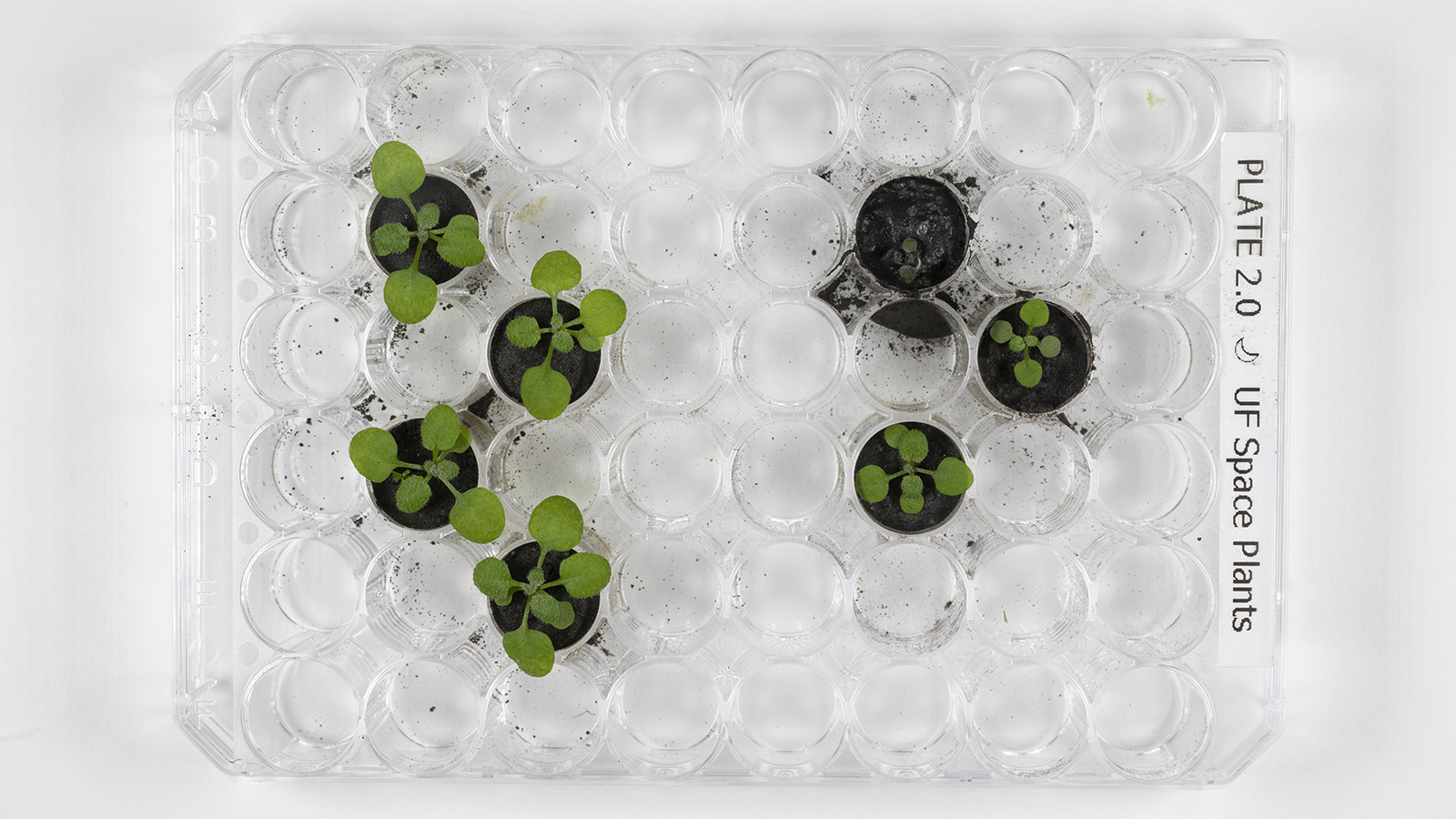Stay Up to Date
Submit your email address to receive the latest industry and Aerospace America news.
The Life Sciences and Systems Technical Committee advances technologies required to keep people healthy and safe as they explore space.
In June, Axiom Space and Collins Aerospace won contracts to design and manufacture moonwalking suits for NASA’s Artemis program. The new designs would leverage technologies and knowledge from NASA’s ongoing development of its Exploration Extravehicular Mobility Unit suit. The administration retains an option to include additional providers in the future, with the goal of promoting a robust suit industry to support a sustained lunar presence. The first task order was awarded to Axiom in September for demonstration of a moonwalking suit for Artemis III, NASA’s human return to the moon targeted for 2025.
The Exploration Extravehicular Activity Services contracts approach is similar to that used for SpaceX’s Crew Dragon and Boeing’s Starliner capsules, meaning the bulk of NASA funding would come later on task orders that include repairing suits that become clogged with lunar dust. There are more challenging requirements for the Artemis suits than the iconic A7L and A7LB worn by Apollo astronauts, such as operability in the extreme cold of permanently shadowed craters near the moon’s south pole. Such terrain dominates the potential landing regions NASA announced in August for the Artemis III crewed landing. This next generation of suits must also accommodate female astronauts, whose inclusion is a core tenet of the Artemis program.
In January, NASA began its BioSentinel experiment to detect radiation-induced damage and repair beyond Earth’s magnetosphere in two strains of yeast DNA. Cards containing the same two strains were monitored at NASA’s Ames Research Center in California and on the International Space Station. These are to be control specimens for the experimental group installed aboard a six-unit cubesat, which launched in November aboard a Space Launch System rocket as a secondary payload of the Artemis I mission.
In May, University of Florida scientists described in the journal Nature their growth of plants in lunar soil, a breakthrough that could lead to more sustainable human presence on the moon. In the experiment, 10 Arabidopsis thaliana plants grew from seed, each in a gram of soil from samples collected during Apollo landings, with liquid nutrients and water added daily. Among the findings: The sprouts were less robust than control specimens grown in Earth-sourced volcanic ash. Also, soil from the Apollo 12 and 17 missions produced healthier plants than soil from Apollo 11. Subsequent research will investigate methods to improve the quality and variety of cultivated plants, with an emphasis on potential food sources for long-duration moon missions. Regolith and water ice samples collected during Artemis landings may also be a subject of future botanical research.
In April, a multinational team of space medicine researchers published a study linking structural brain variations caused by long-duration spaceflight to previously reported vision and ocular symptoms. The condition, known as spaceflight-associated neuro-ocular syndrome, has been diagnosed in roughly half of NASA astronauts assigned to spend several months aboard the International Space Station, but its causes and treatment are not yet understood. The researchers analyzed brain scans taken before and after spaceflights and found that certain volumes within the brain, perivascular spaces or PVSs, enlarge after some duration in microgravity and remain so for months after astronauts return to Earth. However, the structural brain changes were not observed in shuttle astronauts who completed two-week flights. Also, the researchers found that white matter PVS volume differed between NASA astronauts and Russian cosmonauts, suggesting the space agencies’ exercise protocols or nutritional programs may be differentiating factors.
Stay Up to Date
Submit your email address to receive the latest industry and Aerospace America news.




